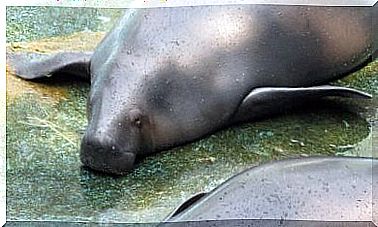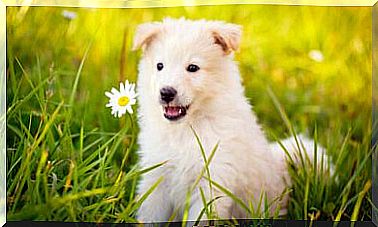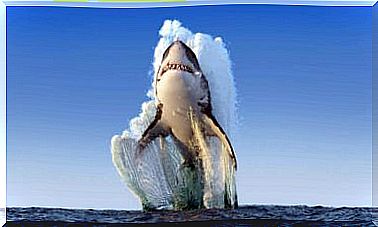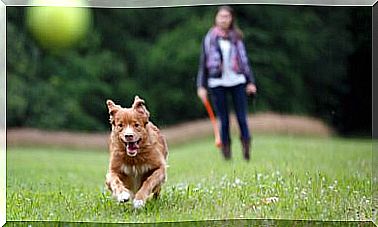Grape Marc To Feed Cattle

Currently, the benefits of including natural supplements in the diet of cattle and sheep are being researched. Gradually, important advances are taking place in this field. Some of the most outstanding results were obtained from the use of grape pomace to feed cattle.
Grape marc is a highly energetic food that complements the diet and improves the health of the cattle, as well as the quality of the products obtained.
Next, we’ll better explain the research and the results obtained from the inclusion of grape pomace in cattle feed.
What is grape pomace?
Currently, grape bagasse is the main by-product obtained from wine production. It should not be confused with grappa, a distilled alcoholic beverage made from the skin of grapes.
When we talk about ‘grape marc’, we are referring to the skin of these fruits, obtained after removing all of their pulp. Currently, there are two types of grape marc, fermented marc and natural or fresh marc.
To complement the cattle feed, preference is given to fresh bagasse, since fermentation incorporates alcohol into the final bagasse.
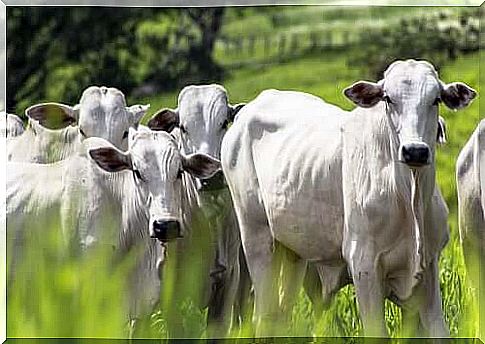
What are the benefits of grape pomace to feed cattle?
To talk about the benefits of grape pomace for feeding cattle and sheep, let’s mention its nutritional and economic advantages.
Economical advantages of grape pomace
As mentioned, bagasse is the main by-product of the wine making process. It is estimated that for every 100 liters of pulp and grape juice obtained for the production of wine, approximately 30 kilos of bagasse are extracted.
Currently, this by-product is neither highly valued nor in great demand in the local or international market. However, by promoting it as a natural complement to the diet of sheep and cattle, it could add value to bagasse, making it more valuable in the market. Clearly, this would favor grape and wine producers around the world.
In addition, the livestock industry would be able to obtain a product with high energy value and high quality at a very reasonable price. In addition to improving cattle feed at a competitive cost, better quality products could also be obtained, such as meat and milk.
In summary, the implementation of grape pomace in cattle feed offers significant economic benefits for the livestock industry and the wine industry.
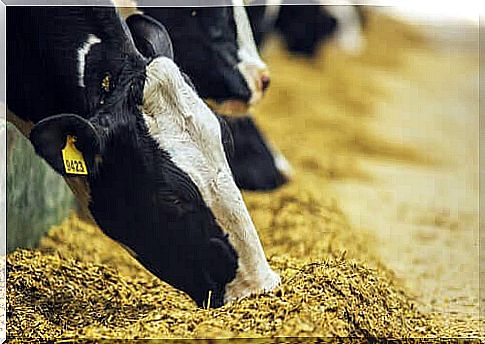
Nutritional benefits of grape pomace for cattle feed
Whole bagasse basically contains pulp, seeds and grape stalks. The proportions of these three elements can vary greatly depending on the type of wine to be produced, the method of separation and the grape variety itself.
However, commercial bagasse used to feed cattle also contains the unoiled grape skin and seeds. In addition, the stalks are extracted to obtain a highly digestible product with better acceptance by the animal.
The result is a highly energetic food supplement, with easily assimilated proteins, good fats, fiber, water and sugar. Therefore, this is a good option to complement the cattle’s diet and help with natural fattening.
It is also worth noting that grape pomace is very rich in natural antioxidants, such as polyphenols, for example.
Its moderate consumption helps fight free radicals, slowing cell aging, bad cholesterol oxidation, and preventing numerous degenerative and cardiovascular diseases.
Grape marc for sheep feed
The results obtained through research show that the use of grape pomace as a natural supplement had a positive impact on the color of the meat and its oxidative stability.
An important improvement was also observed in its lipid content, by increasing fatty acids beneficial to human health.
Although these results are initial, they indicate that grape pomace for cattle feed can benefit producers, animals and people who consume the products of the livestock industry.

